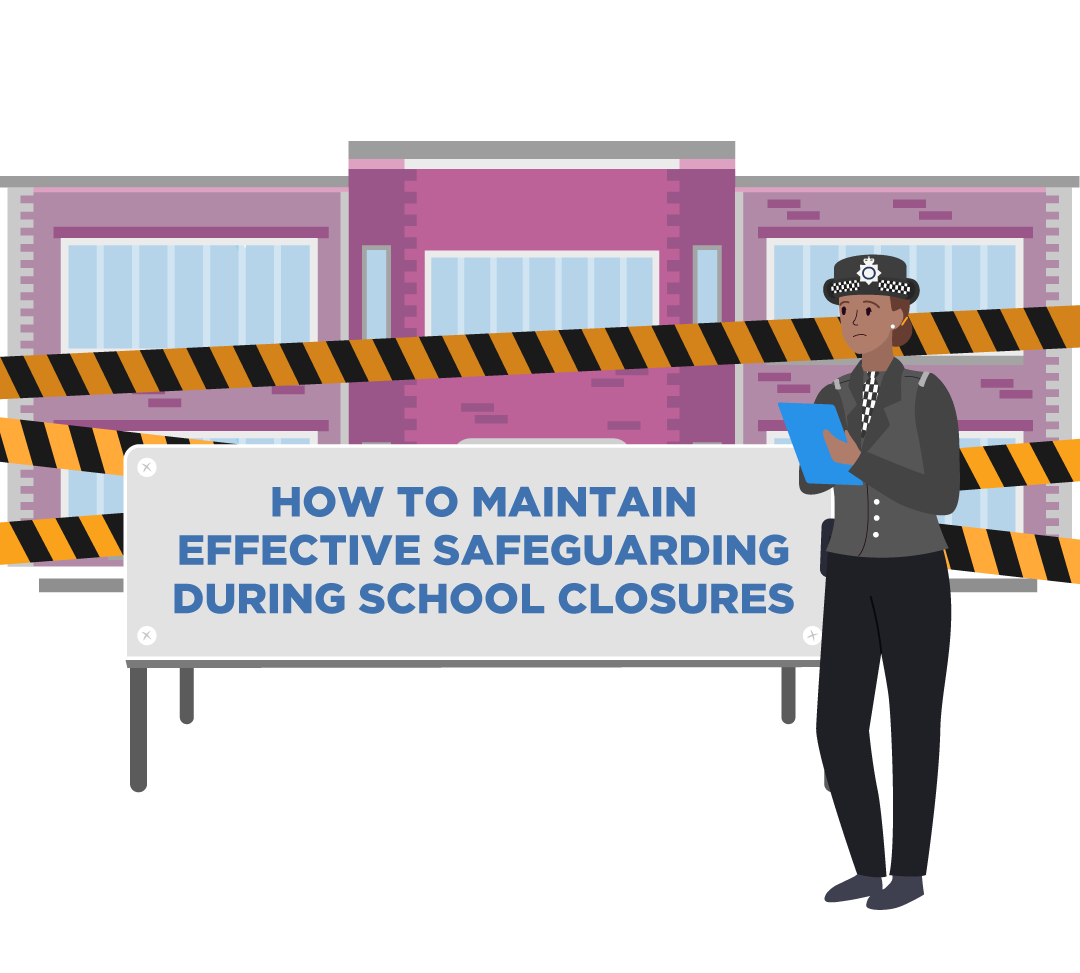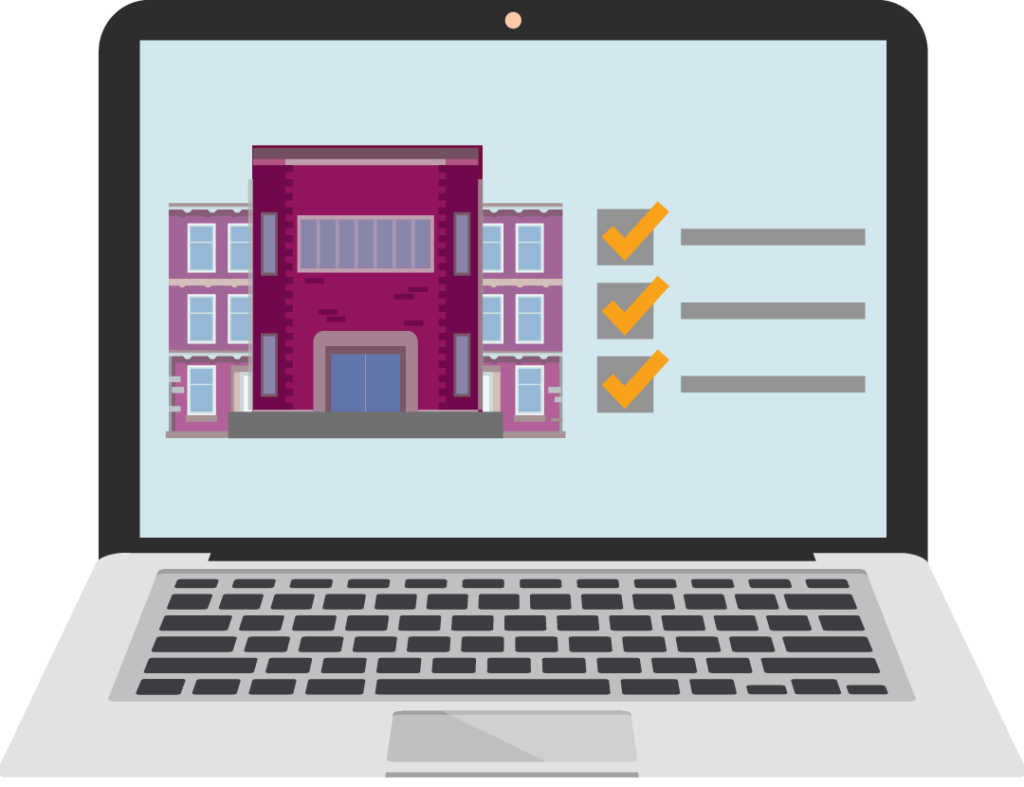After more than a few years of disruption to learning both during and post-pandemic, the start of the 2023-24 academic year began with upheaval for many students who have been unable to return to the classroom after the summer break. Over 150 schools have been impacted by the guidance issued by the Department for Education (DfE) to close after potentially unsafe reinforced autoclaved aerated concrete (RAAC) was discovered in the buildings of these settings – and could cause them to collapse.
As a result, schools and educational settings have been forced to either close, move to nearby schools which have been unaffected, use portable classrooms or other venues such as local community centres as make-shift classrooms, or revert to online teaching strategies developed during the COVID-19 pandemic.
Although it is estimated that around 100,000 students attend the 156 schools which have been confirmed by the Government as having collapse-prone RAAC onsite, the number of schools on this list has and is continuing to grow – indicating that this is likely to be an ongoing challenge for schools which is therefore likely to have long-term impacts on students and education staff.
As the situation continues to evolve, and with more students at risk of being impacted, it is vital that schools, educational settings and local authorities ensure they have stringent safeguarding measures in place to ensure children’s safeguarding and wellbeing is not susceptible to falling through the gaps.
What safeguarding challenges does this news present?
Speaking about the impact of the school closures on children caused by the unsafe RAAC, Dame Rachel de Souza, the children’s commissioner for England stated:
“After years of disruption for children and young people, what they need most is stability and getting back to normal. We must learn lessons from the pandemic, and we need to see proper communication to children and families affected by this guidance. There also needs to be clear direction as to where children should go at the start of the new term and reassure them that places are safe and suitable.
“Everything must now be done to ensure the impact on children’s learning is minimised. And it is particularly important that everyone working with children prioritises those who are vulnerable and those with additional needs.”
Later she added, “Particularly I’m concerned about the most vulnerable children, those in special schools and children who are looked after.”
Placing students in different schools, environments that they’re not used to, or which are not fit for purpose presents a safeguarding challenge. For example, if the new setting where a child is placed doesn’t have access to the safeguarding records where the child has come from, teachers and designated safeguarding leads are less likely to be able to quickly access a child’s safeguarding needs and get up to speed with their history – meaning safeguarding concerns could be missed.
Increased remote learning also means that teachers have less face-to-face interaction with students, making it more difficult to be able to spot any changes in the behaviour of students or signs of wellbeing concerns. Remote learning can also make it difficult for teachers and designated safeguarding leads to keep in touch and maintain regular communication about students, in between teaching.
How CPOMS can help
While the Government has suggested that remote learning for children unable to access face-to-face lessons should last “days not weeks”, ministers have not said exactly when the disruption might ease. The length of each closure will depend on the building work that must be carried out and will vary by school.
Without official guidance on timeframes for how long this issue could take to be resolved, suggests that the likely impact of this news could be felt among students, educational staff and local authorities for weeks and potentially months to come.
CPOMS Engage can help to aid multi-agency collaboration between schools, temporary settings, local authorities and agencies, helping to ensure they are joined-up in their approach to safeguarding. The software simplifies the sharing of sensitive pupil chronologies and streamlines safeguarding processes when a child attends multiple schools or is under the care of teams in social care, the virtual school, children missing education (CME), elective home education (EHE), or work-related learning.
To find out more about how CPOMS safeguarding software solutions can help your setting, get in touch with our team today.




